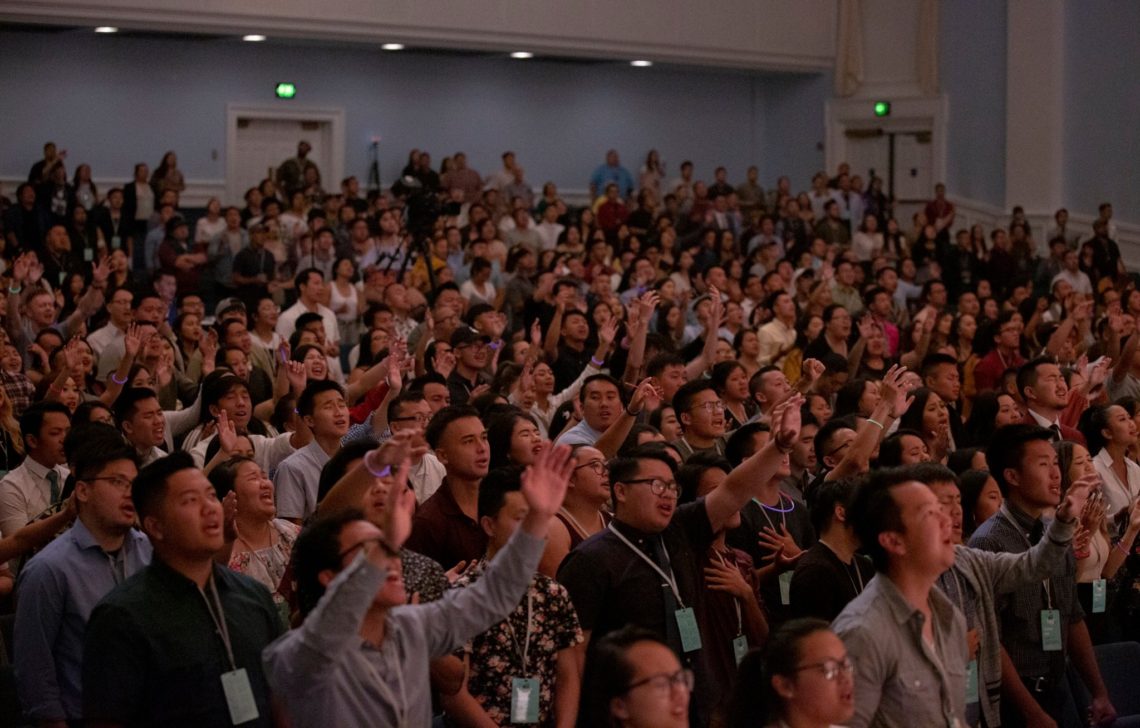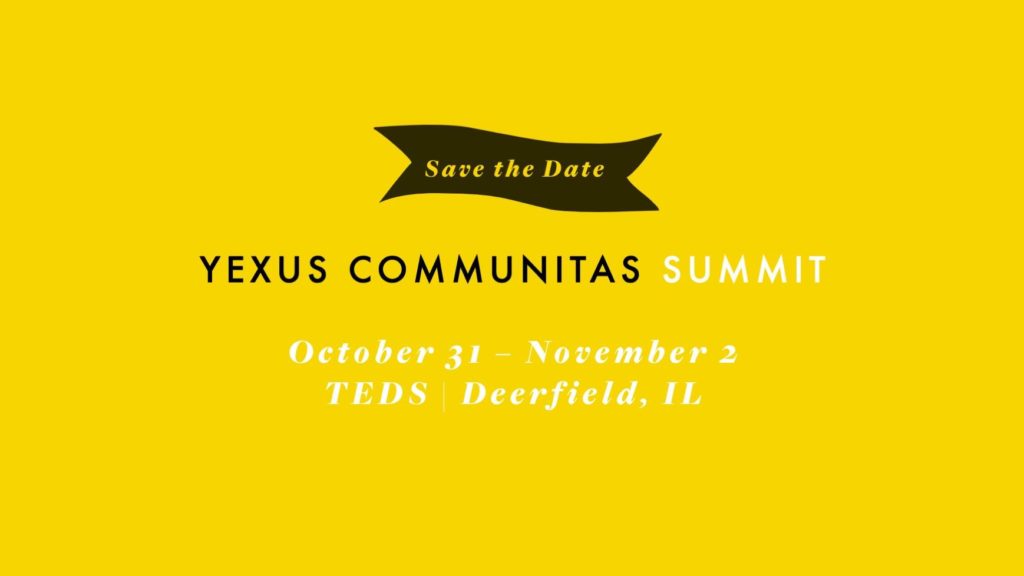By Daniel Yang
For over forty years the Hmong-American story has been told primarily as the journey of refugees from Laos to America. The names and details are unique, but the struggles and themes are not unlike other refugees who have fled to the United States. However, slowly and with creative theological imagination, some of our second and third-generation Christians are beginning to see that they are not merely a product of a war’s rejected people, but in fact, a purpose of God’s redemptive plan. The life, calling, and ministry of Timothy provides for us a case study through which we can reinterpret our recent history as well as negotiate our ethnic identity in light of what God is doing to accomplish his mission in the world.
American-born Hmongs, especially those who are bi-ethnic, can relate well to Timothy as someone who is culturally both Jewish and Greek. While we know that his mother raised him as a Christ-follower (2 Timothy 1:5), we can deduce that Timothy lived as if he was culturally Greek because he was not circumcised as a child. When adding Timothy to the missionary team, Paul had him circumcised in order to identify him with his Jewishness (Acts 16:3). Timothy was stuck between two cultures. More accurately, he was a product of a majority culture dominating a minority culture. Yet, he went the route that would give him the most opportunity to share the message of Jesus. Why did he agree to be circumcised as a young adult even though in Christ he had the freedom to live into his Greek identity?
Timothy did not want his preference for his social identity to be the reason why people couldn’t hear the gospel.
It is also possible that the Apostle Paul wanted non-Christians to see Timothy as an example of what happens when someone’s primary identity is not found in racial, ethnic, social, political, or economic categories, but instead when it is profoundly rooted in Christ. Timothy, who was now in Christ, had the freedom to say with Paul, “I become all things to all people, that by all means I might save some” (1 Corinthians 9:22). Paul’s point is that when someone’s identity is rooted in something deeper than social constructs than they can go deeper with people who are different from them in a way that their race, ethnicity, and economic status would not normally allow. That was Paul’s experience and he was able to say about Timothy, “For I have no one like him” (Philippians 2:20).
For American-born Hmongs, getting to this depth of rootedness is a great challenge, and yet it is a great reward to arrive there. It is taking some time to understand that Hmongness is a social construction that each generation gets to reinvent and decide what it means for themselves. The first-generation thought Hmongness was a certain set of language, clothes, and ancestor rituals. To some Hmong, Christian American-born Hmongs are inauthentic Hmong because of our conversion to Christ and our lack of language precision. To some Americans, we are still foreigners regardless of our Christian convictions. This is a necessary tension that is helping us understand that if our identity is primarily formed by our ethnicity or nationality, then we might never be comfortable with who we are. We will always feel stuck between different worlds.
But we are discovering the freedom that when our identity is found in Christ, the One who created the world, then our ethnicity and nationality become avenues through which we explore our uniqueness in Christ.
By the time Timothy was a young adult, he was fully rooted in Christ, so he could explore what it meant to be Greek and also what it meant to be Jewish. And he wisely used his Greekness and his Jewishness as a means to root others in Christ. As an American-Born Hmong who is becoming rooted in Christ, we can explore with freedom what it means to be American and simultaneously what it means to be Hmong. This is a gift because only we can use our American-Hmongness as a vessel to express Christ to others. Paul had “no one like” Timothy.
And Jesus has no one like the American-Born Hmong.
There is a traditional Hmong belief that says, “Hmong means free.” I like that expression quite a bit and venture to think that God planted freedom inside the Hmong. “Hmong means free” is an ideological statement. It is an ontological statement. And it is also a theological statement. Because it gets at a spiritual longing that all Hmongs seem to have. In the idea that “Hmong means free” lies a collective longing that Hmong people globally are stateless people who desire land, leadership, and liberty. This longing connects the diaspora around the world, unified by a heart cry for a Promise Land. It is an amazing discovery for American-born Hmongs to find how much the Bible talks about people like us. In fact, the Bible, from cover to cover, from Genesis to Revelation, provides a complete and universal narrative of how God is constructing a people for himself––from slavery to freedom––without excluding the Hmong. As we speak, God is constructing in Christ the future and the eternal idea of what it means to be Hmong. In Christ, we are in the process of becoming the truer version of the people we are to be.
So if to be Hmong truly means to be free, then we are truly Hmong in the One who promised and purchased our freedom.
Hmong Christians in America are entering into a significant season. We are transitioning from a Thai/Lao-Hmong church imported into America towards an American-Hmong church homegrown with multiple streams and expressions. It is a season of transition and navigation that neither first nor second-generation know clearly how best to step into the future. The simplistic models of first and second-generation immigrant churches do not quite capture the possible versions of Christian community needed for American-born Hmongs to negotiate their ethnic and national identity as they engage in spiritual formation and mission. It must be acknowledged that traditional first-generation churches have provided a firm foundation for cultural expression and Biblical community for American-born Hmongs. Yet, no one in the Hmong-American community would disagree that they are nearing their limits in addressing the Americanness of American-born Hmongs. Their theological emphasis makes sense to those who, half a decade ago, were learning how to deal with shamanistic curses, ancestor rituals, bride-nappings, and failing crops. Obviously, these are less pertinent theological issues to American-born Hmongs. And of course, it is unreasonable to fully expect the “American” churches and theologians to make sense of all that American-born Hmongs are experiencing in this unique period in history.
While there is much wisdom to glean from longstanding American religious traditions (some worth keep and others worth ignoring), it is not the responsibility of American religious tradition to interpret God’s purposes for American-born Hmongs.
It is in this gap that American-born Hmongs, like myself and many others, have an opportunity and perhaps even a duty, to creatively and prophetically speak into this open landscape the things that God says ought to be. For American-born Hmong Christians, the process of theological formation is very much a part of the same process of ethnic and national identity negotiation. I believe that it is in doing mission and theology as American-born Hmongs, that we discover more of ourselves in the process. Just as Timothy rediscovered his Jewishness without abandoning his Greekness as he joined Paul’s missionary endeavor, American-born Hmongs will become more of their true selves as they join God in his missionary endeavor.
If you’re interested in moving this conversation forward and in talking about what does mission, theology, and church planting look like for today and tomorrow, join us this Fall for the Yexus Communitas Summit October 31 – November 2.
Daniel is the Director of the Send Institute, leading and overseeing all of its initiatives. Prior to directing the institute, he planted a church in Toronto where he also helped recruit, assess, and train church planters through the Send Network and the Release Initiative. Daniel has served on various church staffs including Northwood Church, led by Bob Roberts Jr., where he was trained as a church planter and involved in global and multi-faith engagement. Prior to church planting, Daniel was an engineer for eight years. He earned an M.Div. from Southwestern Baptist Theological Seminary, a B.S. in Computer Science from the University of Michigan, and is currently a Ph.D. Intercultural Studies student at Trinity Evangelical Divinity School.

